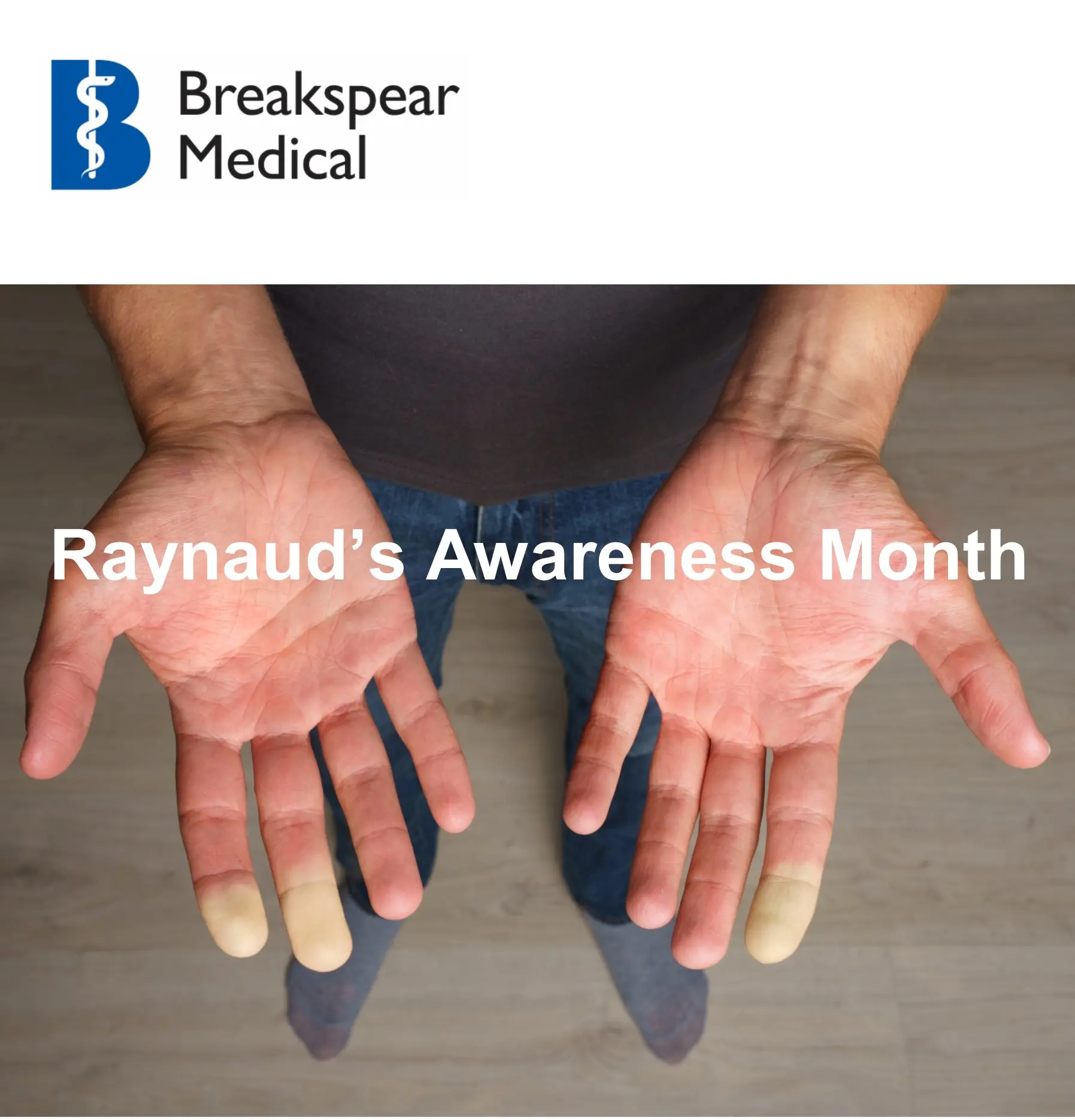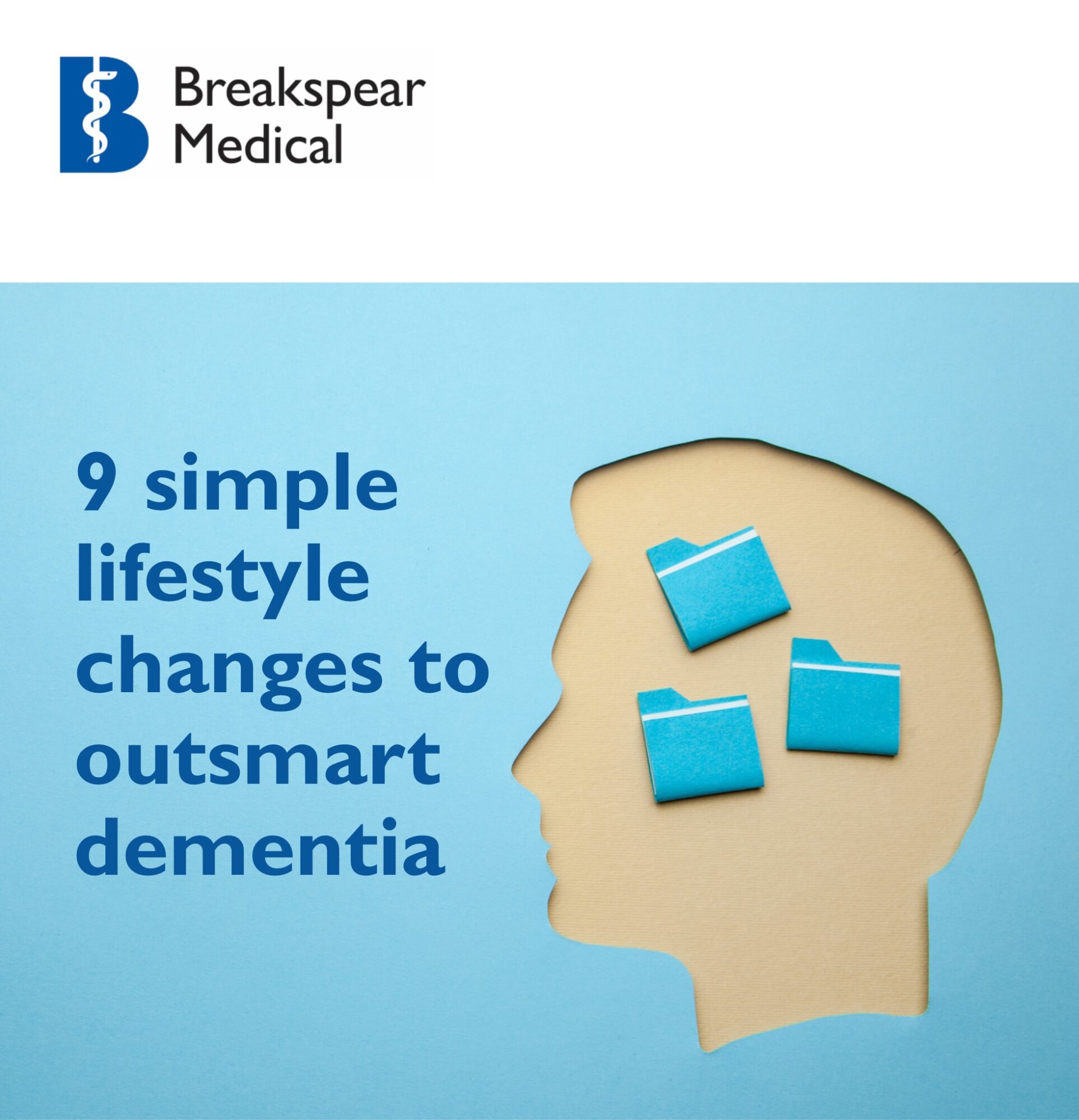In our fast-paced world of convenience foods and busy lifestyles, we often overlook micronutrients, which…

February is Raynaud’s Awareness Month
During the recent cold weather we have all suffered from cold hands and everybody should wrap up to keep warm. The body’s automatic shutting down of the peripheral circulation is natural to maintain core body temperature. Some people, however, suffer more than others and the blood vessels in the hands, feet and other peripheral areas.
Edited excerpt from Breakspear Medical Bulletin Issue 23:
What is Raynaud’s?
The body’s automatic shutting down of the peripheral circulation is natural to maintain core body temperature.
Some people, however, suffer more than others and the blood vessels in the hands, feet and other peripheral areas, such as nose and ears, may go into spasm, causing blanching (whitening) of the fingers. This leads to deoxygenation of the blood, so that the fingers then turn bluish-purple in colour, and as they warm up, the blood becomes hydrogenated and the skin becomes pink-red. These are typical symptoms of Raynaud’s phenomenon or Raynaud’s disease (commonly just referred to as Raynaud’s).
Associated with the colour changes are very severe sensory changes, with tingling, numbness, pain, and loss of function. It is very difficult to use hands that are cold and numb and this makes it impossible to feel things properly.
The colour changes, first described by Maurice Raynaud in 1862, carry his name. There are primary and secondary causes of Raynaud’s.
Primary Raynaud’s
Primary Raynaud’s occurs spontaneously on exposure to cold and indeed temperature change. For example, it might occur whilst a person is walking down the freezer aisle in the supermarket. Chilblains may also occur. These are localised swellings with redness and irritation due to inflammation, causing burning and itching of the skin.
Primary Raynaud’s is common in teenagers, and may be hereditary. Some young people tend to grow out of the condition in their 20s.
Secondary Raynaud’s
Secondary Raynaud’s is associated with connective tissue disorders, particularly progressive systemic sclerosis (scleroderma), and other connective tissue disorders, such as lupus erythematosus, polymyositis and rheumatoid arthritis. It has also been linked with Lyme disease. People with progressive systemic sclerosis suffer particularly because of the increased fibrosis of the skin and vascular changes that occur with this condition.
Reducing the symptoms
 Smoking exacerbates Raynaud’s and causes vascular spasm and therefore should be avoided.
Smoking exacerbates Raynaud’s and causes vascular spasm and therefore should be avoided.
To properly diagnose Raynaud’s, blood tests for arthritis and connective tissue disease are important. A positive antinuclear factor in the context of Raynaud’s in anyone, and particularly in young people, is significant.
Thermography before and after a cold challenge is non-invasive and can also be very helpful in making a diagnosis. Electronic images from a thermal imaging camera use infrared radiation.
The management of primary Raynaud’s is avoiding cold, avoiding smoking, wearing suitable clothing and keeping warm. Hand warmers and electrically-heated gloves are very helpful. Medication such as vasodilators (nifedipine) can help, but can cause headaches, as they cause all of the blood vessels to dilate. Topical application of glyceryl trinitrate cream can also be of help by producing vasodilation.
Secondary Raynaud’s requires extensive treatment of the condition by a hospital consultant. Medication, particularly intravenous iloprost, can improve vasodilation, which can be very beneficial.
A condition with similar symptoms is hand/arm vibration syndrome, sometimes called “white finger”, which is an industrial disease that can lead to the sufferer being entitled to financial compensation. It is caused by exposure of the individual to vibration, particularly from the use of electric, pneumatic or hydraulic drills. Increased vibration gives rise to damage of the nerves, and leads to blanching of the fingers, tingling and numbness on exposure to cold.
Vibration white finger, if caught early, can improve with time, but can never be cured. Prevention is better than cure, and nowadays warnings are given about the length of time one should use electrical drills, and about the importance of wearing special dampening gloves at all times.
Investigating the cause
If you have experiencing the symptoms of Raynaud’s, we can investigate possible causes and by treating the cause, the symptoms maybe be reduced or eliminated. Book an appointment with a member of our Clinical Team to find out more about your condition.





